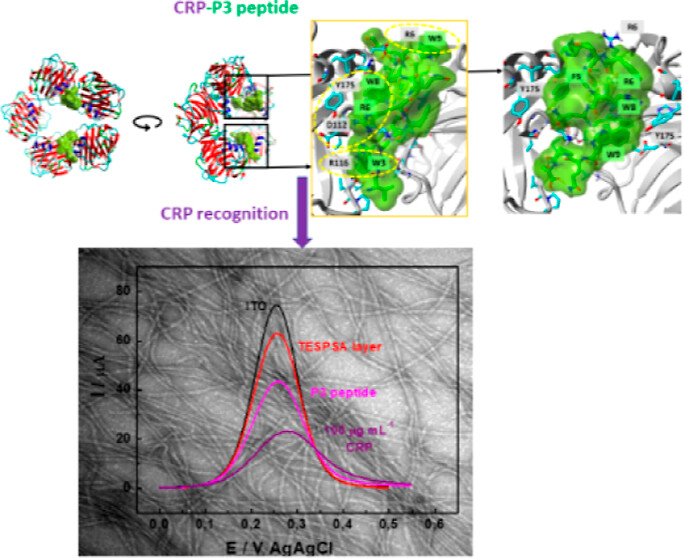
Some papers just glide through review and get published with seemingly minimal effort. This1 is not one of those! After more than a year being bumped between different journals and arguments with both editors and reviewers it is finally out.
The manuscript is Kasia’s brainchild. Her main line of work now is using phage display technology to discover new peptides with enhanced affinity to specific targets. In this case the target was the C-reactive protein, a pentameric protein made in the liver, whose level rises in response to inflammation. The paper describes the process of identifying the new peptide using a combination of ELISA and plaque assay. Later, molecular dynamics calculations were performed to evaluate the binding site and affinity of each of the selected peptides. After this, one particular peptide inventively called P3 (yes, it was number three in the list) was synthesised and used to modify an electrode for electrochemical recognition of CRP. The results show that CRP can be detected and the concentration determined over the whole clinically relevant range with the new peptide and that the affinity is similar to that of commercial monoclonal antibodies.
Martin had a part in this paper, helping analysing the data and calculating the dissociation parameter, Kd, for both the peptide and antibody. The peptide that was analysed in this paper was later used in a follow-up article that is under review now published.
- K. Szot-Karpińska, P. Kudła, U. Orzeł, M. Narajczyk, M. Jönsson-Niedziółka, B. Pałys, S. Filipek, A. Ebner, J. Niedziółka-Jönsson
Investigation of peptides for molecular recognition of C-reactive protein – theoretical and experimental studies, Anal Chem (Accepted)(link – OA)

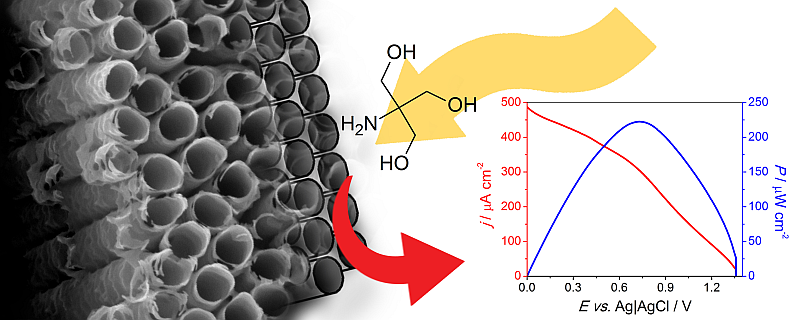
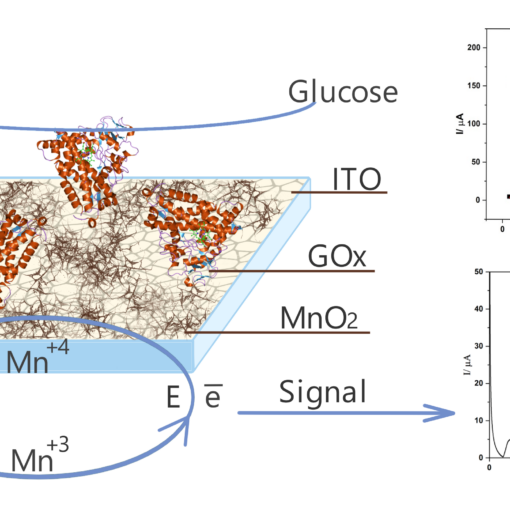
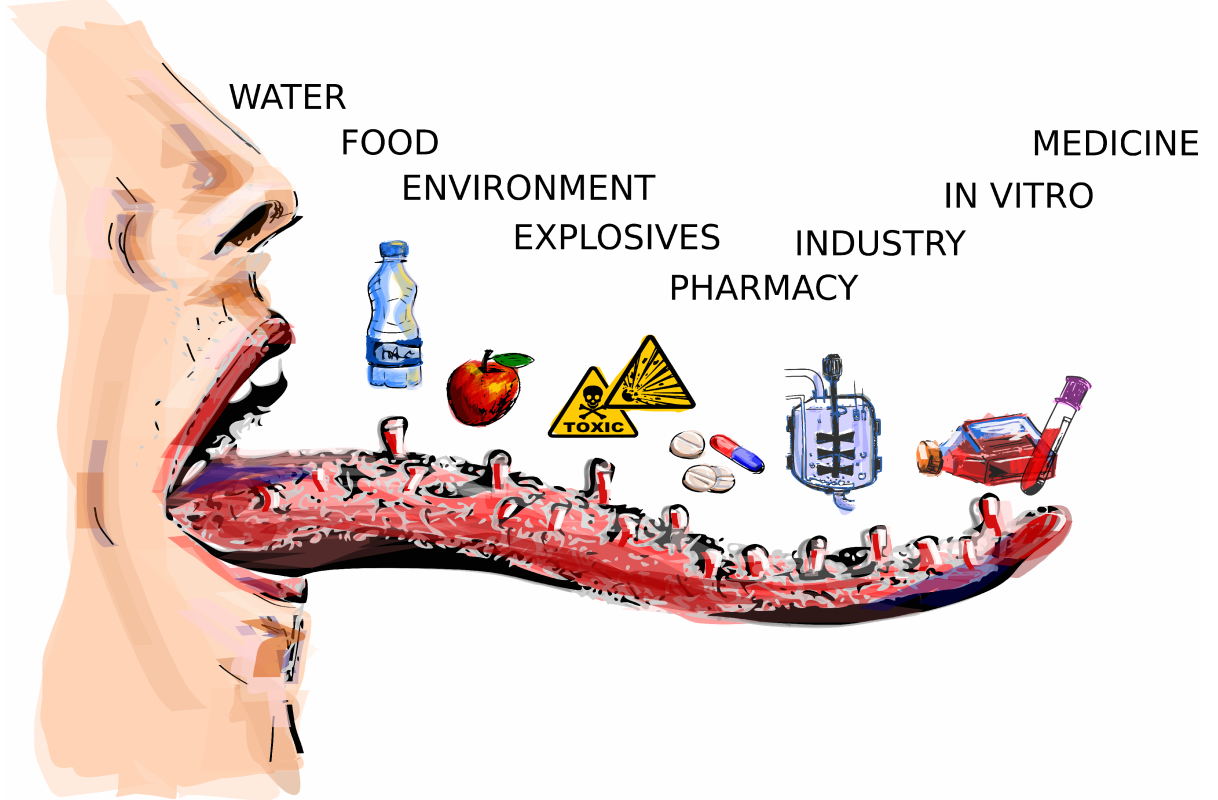
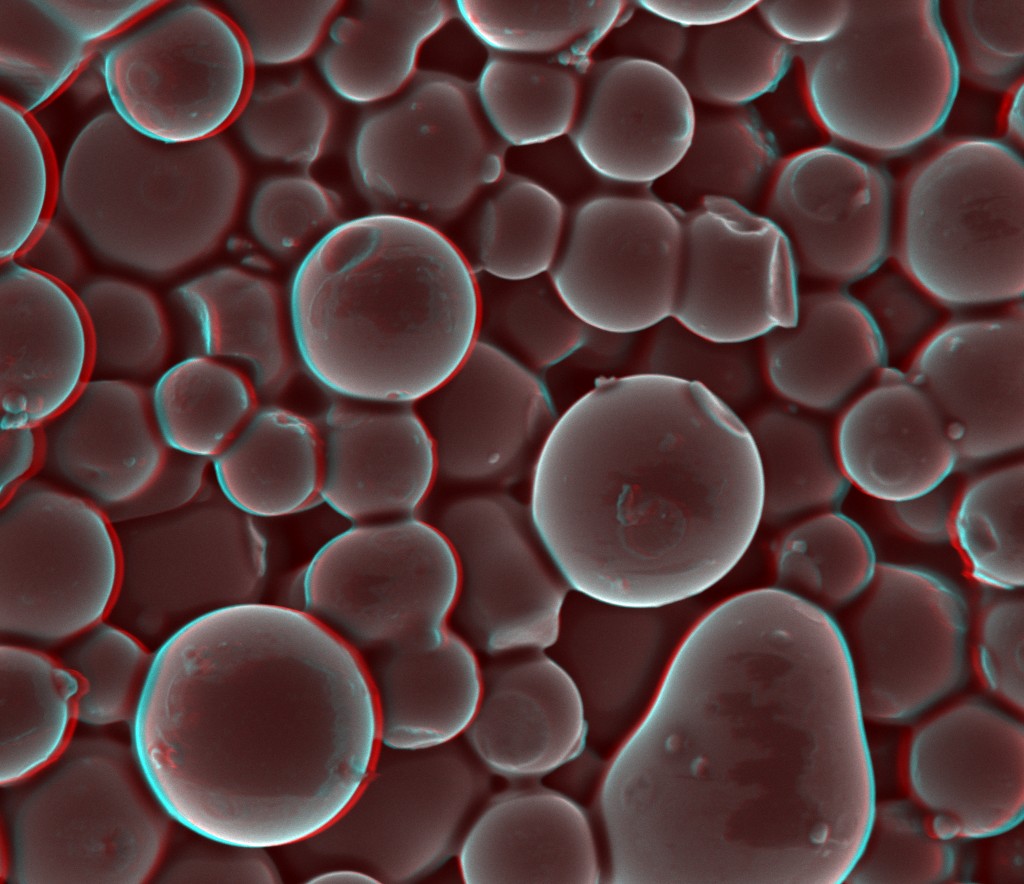
One thought on “Investigation of peptides for molecular recognition of C-reactive protein – theoretical and experimental studies”